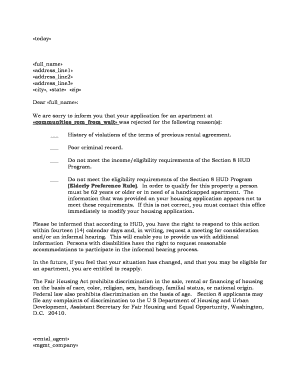


Both approaches led to clustering of conditions, which posed difficulties for preparing balanced theatre lists. 11 At Salisbury and Carmarthen patients were initially ranked according to points awarded based on the following criteria: rate of progress of disease, pain or distress, disability or dependence on others, loss of occupation, and time already waited. 10 11 At Guy’s Hospital, for example, the top 22 conditions on a general surgical waiting list were ranked according to their expected net quality adjusted life year (QALY) gain per unit of bed and theatre resource. Pilot experiments with priority scoring systems for managing NHS waiting lists have been led by individual clinicians. In the United Kingdom consultants have always prioritised their waiting lists according to broad categories-urgent, soon, and routine. In particular, priority scoring systems used for allocating public housing differ between local authorities, as does the availability of public housing, leading to differences in waiting times for families in similar circumstances (V Burholt, personal communication). These allocation systems have proved controversial so that assessment of their efficiency and equity in the public housing sector (as yet not systematically evaluated) is essential to the debate as to whether waiting list priority scoring systems offer a way forward for the NHS. 9 Such systems assess the relative priority of individuals or families based on current housing conditions, overcrowding, presence of dependent children, and medical or welfare circumstances. In the United Kingdom local authorities use priority scoring systems for allocating public housing. 8 In Sweden a central register established to ensure guaranteed maximum waiting times for cataract surgery found that centres using formal priority scoring systems were more successful in adhering to maximum waiting time guarantees than centres without such systems.

In New Zealand an evaluation of the generic surgical priority criteria at Auckland Hospital showed wide variation and poor agreement between the surgeons’ clinical judgment in assessing priority and the score patients obtained on the priority score. 5 6 7 The success of such systems seems, however, to be mixed. The BMA paper argues in favour of priority scoring systems, such as those developed for elective health care in New Zealand, Canada, and Sweden. The danger with such initiatives is that they provide only temporary relief and do not address the underlying problem of ensuring that waiting lists operate as an efficient and equitable non-price rationing mechanism. 3 4 The BMA warns that additional funds earmarked for reducing NHS waiting lists and waiting times will provide an incentive for operating on large numbers of minor cases, leaving more urgent cases and potentially cost effective treatments to wait. This concern has been voiced most recently in a report from the BMA, 1 2 though others have gone further and pointed to the futility of pursuing policies to reduce, or even abolish, waiting lists. Doctors have long worried that the British government’s emphasis on the number of people on waiting lists, and the time they spend there, obscures the need to treat patients according to clinical urgency.


 0 kommentar(er)
0 kommentar(er)
